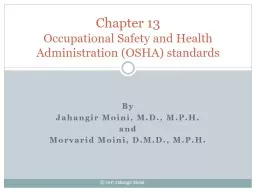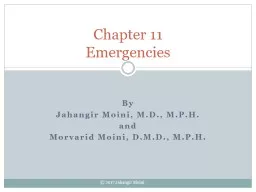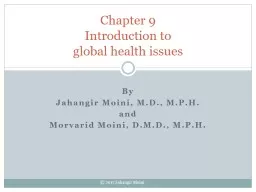PPT-By Jahangir Moini , M.D., M.P.H.
Author : motivatorprada | Published Date : 2020-06-17
and Morvarid Moini DMD MPH Chapter 13 Occupational Safety and Health Administration OSHA standards Overview In workplaces safety is of critical importance Occupational
Presentation Embed Code
Download Presentation
Download Presentation The PPT/PDF document "By Jahangir Moini , M.D., M.P.H." is the property of its rightful owner. Permission is granted to download and print the materials on this website for personal, non-commercial use only, and to display it on your personal computer provided you do not modify the materials and that you retain all copyright notices contained in the materials. By downloading content from our website, you accept the terms of this agreement.
By Jahangir Moini , M.D., M.P.H.: Transcript
Download Rules Of Document
"By Jahangir Moini , M.D., M.P.H."The content belongs to its owner. You may download and print it for personal use, without modification, and keep all copyright notices. By downloading, you agree to these terms.
Related Documents









